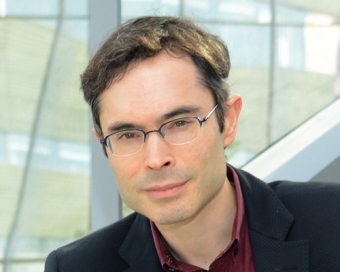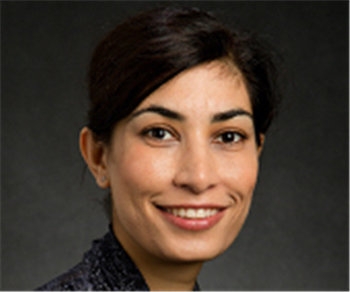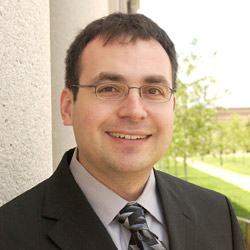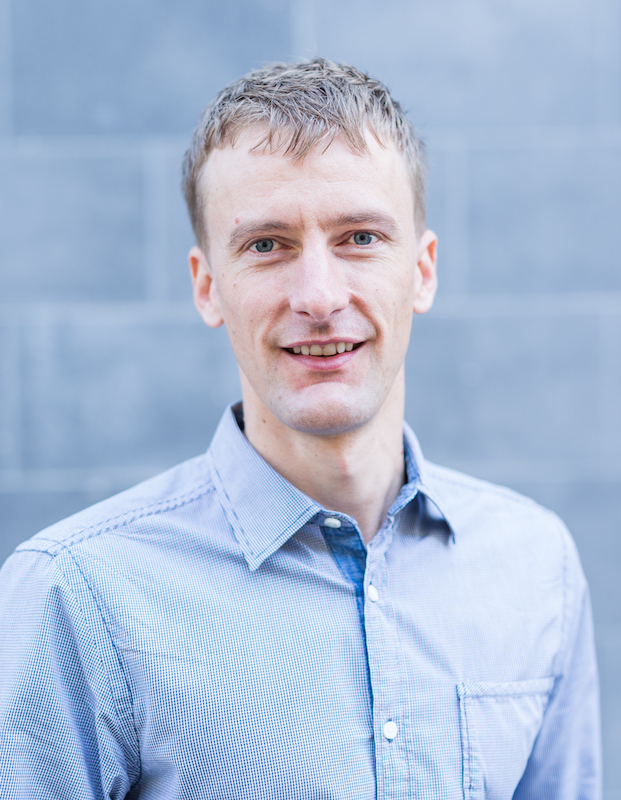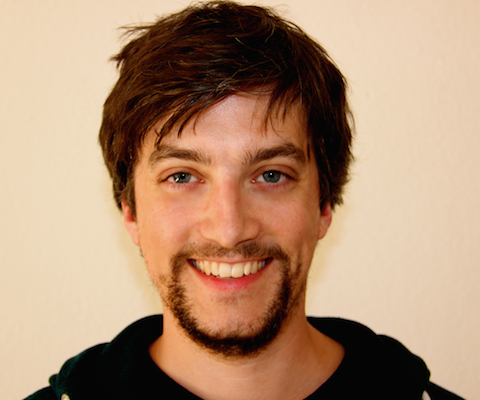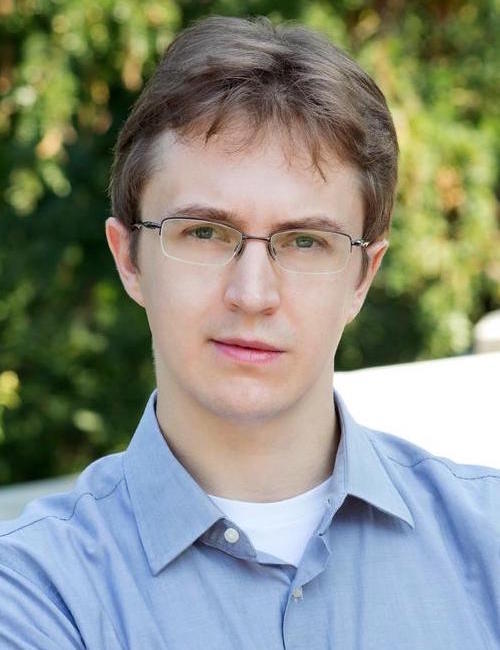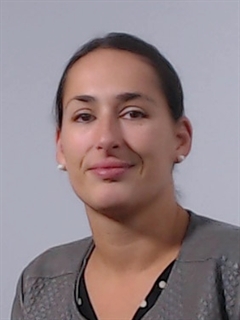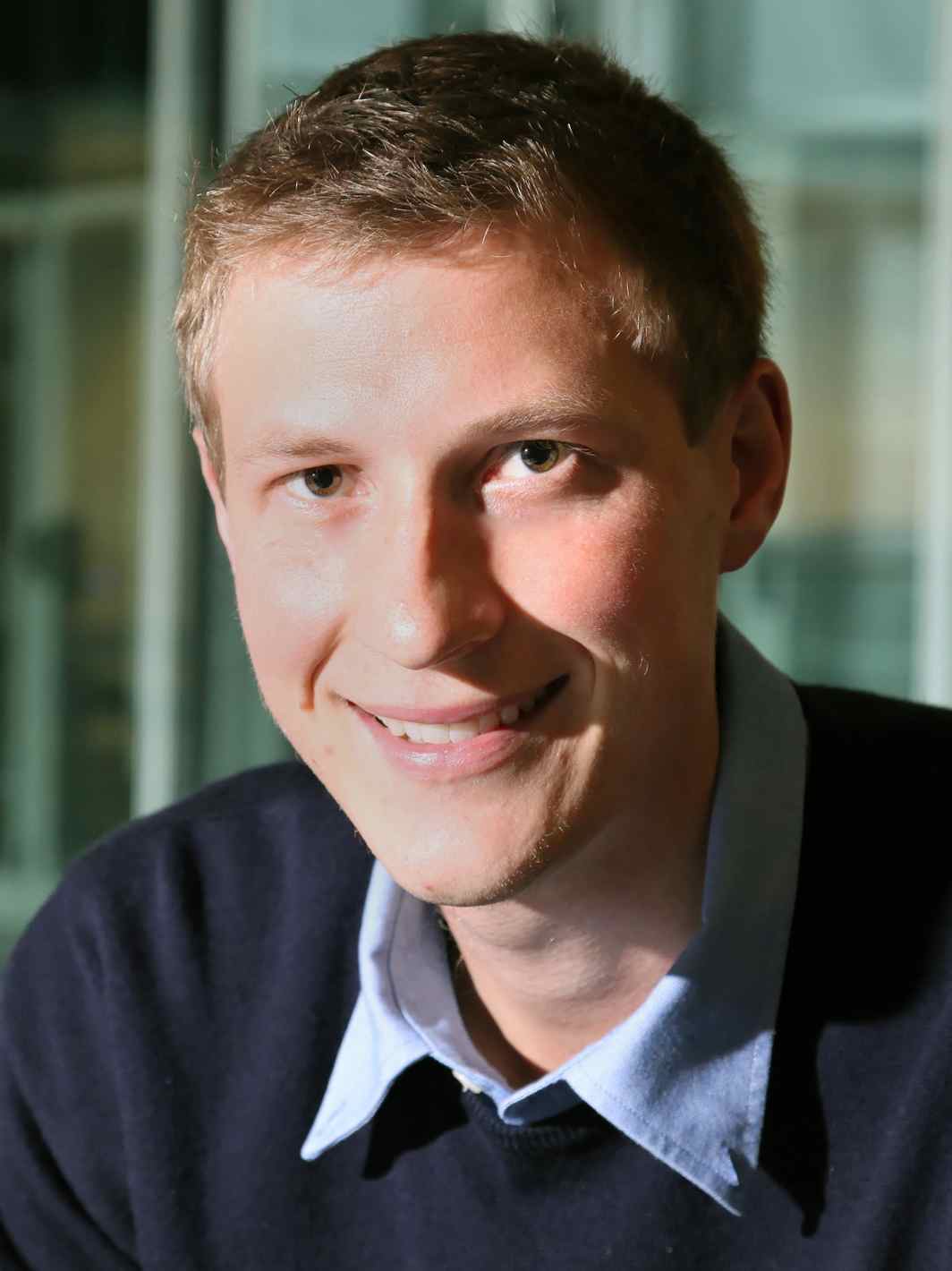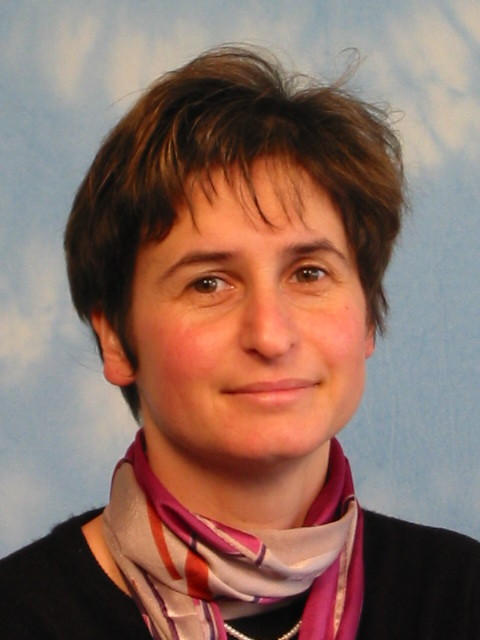EPFL
School of Computer and Communication Sciences
Summer Research Institute 2017
14.06.17 - 20.06.17
Overview
The Summer Research Institute (SuRI) is an annual event that takes place at the School of Computer and Communication Sciences of the École polytechnique fédérale de Lausanne, Switzerland. The workshop brings together renowned researchers and experts from academia and industry. It features a number of research talks by speakers from all around the world and is conducive to informal discussions and social activities. This year's edition of SuRI features two tracks:
- Data Science (June 14 - 16, 2017)
- Security and Privacy (June 19 - 20, 2017)
The event is open to everyone and attendance is free of charge.
For organisational reasons, however, we would kindly ask you to register below.
Registration
Closed.
Program (Overview)
15.06.2017
16.06.2017
19.06.17
20.06.17
Program (Detailed)
14.06.2017
A long line of research studies the space complexity of estimating a norm l(x) in the data-stream model, i.e., when x is the frequency vector of an input stream which consists of insertions and deletions of n item types.
Restricting attention to norms l (on R^n) that are symmetric, meaning that l is invariant under sign-flips and coordinate-permutations, I will show that the streaming space complexity is essentially determined by the measure-concentration characteristics of l. The same quantity is known to govern many phenomena in high-dimensional spaces, such as large-deviation bounds and the critical dimension in Dvoretzky’s Theorem.
The family of symmetric norms contains several well-studied norms, such as all l_p norms, and indeed we provide a new explanation for the disparity in space complexity between p<=2 and p>2. We also obtain bounds for other norms that are useful in applications.
Joint work with Jaroslaw Blasiok, Vladimir Braverman, Stephen R. Chestnut, and Lin F. Yang.
15.06.2017
The maximum matching problem is among the most well-studied problems in combinatorial optimization with many applications. We consider the problem of approximating a maximum matching in graph streams where the input graph is revealed as a stream of edge updates that may include both edge insertions and deletions. The goal is to design a streaming algorithm that computes an approximate matching in sublinear space, that is, using space that is substantially smaller than the space needed to store all the edges in the graph.
In this talk, we will describe some progress on this problem that precisely characterizes the tradeoff between the space available to the algorithm and the quality of the matching approximation. As it turns out, the study of sublinear space algorithms for matchings is intimately connected to understanding communication complexity of solving the matching problem in a distributed model of computation, called the simultaneous communication model. We will also present some very recent developments on the matching problem in the simultaneous model which show that a simple assumption on how the graph is partitioned completely alters the tractability of the problem.
There is widespread sentiment that it is not possible to effectively utilize fast gradient methods (e.g. Nesterov’s acceleration, conjugate gradient, heavy ball) for the purposes of stochastic optimization due to their instability and error accumulation, a notion made precise in dAspremont 2008 and Devolder, Glineur, and Nesterov 2014. This work considers the use of ‘fast gradient’ methods for the special case of stochastic approximation for the least squares regression problem. Our main result refutes the conventional wisdom by showing that acceleration can be made robust to statistical errors. In particular, this work introduces an accelerated stochastic gradient method that provably achieves the minimax optimal statistical risk faster than stochastic gradient descent. Critical to the analysis is a sharp characterization of accelerated stochastic gradient descent as a stochastic process.
We hope this characterization gives insights towards the broader question of designing simple and effective accelerated stochastic methods for more general convex and non-convex problems. We will also discuss some preliminary experimental results in the non-convex setting.
Starting from the seminal works of Tukey (1960) and Huber (1964), the field of robust statistics asks: Are there estimators that provably work in the presence of noise? The trouble is that all known provably robust estimators are also hard to compute in high-dimensions.
Here, we study a basic problem in robust statistics, posed in various forms in the above works. Given corrupted samples from a high-dimensional Gaussian, are there efficient algorithms to accurately estimate its parameters? We give the first algorithms that are able to tolerate a constant fraction of corruptions that is independent of the dimension. Additionally, we give several more applications of our techniques to product distributions and various mixture models.
This is based on joint work with Ilias Diakonikolas, Jerry Li, Gautam Kamath, Daniel Kane and Alistair Stewart.
Robust inference is an extension of probabilistic inference, where some of the observations may be adversarially corrupted. We limit the adversarial corruption to a finite set of modification rules. We model robust inference as a zero-sum game between an adversary, who selects a modification rule, and a predictor, who wants to accurately predict the state of nature.
There are two variants of the model, one where the adversary needs to pick the modification rule in advance and one where the adversary can select the modification rule after observing the realized uncorrupted input. For both settings we derive efficient near optimal policy runs in polynomial time. Our efficient algorithms are based on methodologies for developing local computation algorithms.
We also consider a learning setting where the predictor receives a set of uncorrupted inputs and their classification. The predictor needs to select a hypothesis, from a known set of hypotheses, and is tested on inputs which the adversary corrupts. We show how to utilize an ERM oracle to derive a near optimal predictor strategy, namely, picking a hypothesis that minimizes the error on the corrupted test inputs.
Based on joint works with Uriel Feige, Aviad Rubinstein, Robert Schapire, Moshe Tennenholtz, Shai Vardi.
16.06.2017
Given a set of points P and a (kernel) function K, the Kernel Density Estimate at a point x is defined as the average value of the kernel between the point x and every point y in P. We study the problem of designing a data structure that given a data set P and a kernel function, returns approximations to the kernel density of a query point in sublinear time. This problem and weighted versions arise as basic primitives in statistics (density estimation), machine learning (kernel methods) and scientific computing (physical simulations).
We introduce a class of unbiased estimators for kernel density using importance sampling, implemented through locality-sensitive hashing. We give general theorems bounding the variance of such estimators, that give rise to efficient data structures for estimating the kernel density in high dimensions for a variety of commonly used kernels. Our work is the first to provide data-structures with theoretical guarantees that improve upon simple random sampling in high dimensions.
Joint work with Paris Syminelakis.
Datasets are often reused to perform multiple statistical analyses in an adaptive way, in which each analysis may depend on the outcomes of previous analyses on the same dataset. Standard statistical guarantees do not account for these dependencies and little is known about how to provably avoid overfitting in the adaptive setting. In this talk I’ll describe a new framework to address this problem, an approach based on differential privacy, and several algorithms based on this approach.
Based on joint works with Dwork, Hardt, Pitassi, Reingold and Roth (STOC 2015, NIPS 2015) and with Steinke (COLT 2017).
19.06.17
Routing is at the heart of the Internet and has been a continual source of security problems since its expansion in the 1980s. SCION is a new approach to the Internet, which offers dramatically better security properties than we currently have. We describe a collaborative effort, the Verified Scion Project, at ETH Zurich that aims to verify Scion, going the full distance from high-level network-wide properties down to the code running on SCION routers. We will explain the issues involved, the approach we take, the progress we have made, and perspectives for the future.
The work reported on is joint work between three groups at ETH Zurich: my Information Security Group, the Network Security Group of Adrian Perrig, and the Programming Methodology Group of Peter Mueller.
TLS 1.3 is the next version of the Transport Layer Security (TLS) protocol. Its clean-slate design is a reaction both to the increasing demand for low-latency HTTPS connections, and to a series of recent high-profile attacks on TLS. The hope is that a fresh protocol with modern cryptography will prevent legacy problems; the danger is that it will expose new kinds of attacks, or reintroduce old flaws that were fixed in previous versions of TLS. After 18 drafts, the protocol is nearing completion, and the working group has appealed to researchers to analyze the protocol before publication.
We respond by presenting a comprehensive analysis of TLS 1.3 Draft-18:
(1) We present symbolic ProVerif models for various intermediate versions of TLS 1.3 and evaluate them against a rich class of attacks to reconstruct both known and previously unpublished vulnerabilities that influenced the current design of the protocol. In particular, we test whether TLS 1.3 prevents well-known attacks on TLS 1.2, such as Logjam or the Triple Handshake, even if it is run in parallel with TLS 1.2.
(2) We present a computational CryptoVerif model for TLS 1.3 Draft-18 and mechanically prove its security under standard (strong) assumptions on its cryptographic primitives.
(3) We present RefTLS, an interoperable implementation of TLS 1.0-1.3 and automatically analyze its protocol core by extracting a ProVerif model from its typed JavaScript code.
The talk will mainly focus on (2) and briefly sketch (1) and (3).
20.06.17
Adversarial machine learning which lies in the intersection of learning and security aims to understand the effects of adversaries on learning algorithms and safe guard against them by design of protection mechanisms.
In this talk, we discuss the effect of strategic adversaries in recommendation systems. Such systems can be modeled using a multistage sequential prediction framework where at each stage, the recommendation system combines the predictions of set of experts about an unknown outcome with the aim of accurately predicting the outcome. The outcome is often the ‘rating/interest’ of a user in an item. Specifically, we study an adversarial setting in which one of the experts is malicious and his goal is to impose the maximum loss on the system. We show that in some settings the greedy policy of always reporting false prediction is asymptotically optimal for the malicious expert. Our result could be viewed as a generalization of the regret bound for learning from expert advice problem in the adversarial setting with respect to the best dynamic policy, rather than the conventional regret bound for the best action (static policy) in hindsight.
As the capabilities of censors increase and their ability to perform more powerful deep-packet inspection techniques grows, more powerful systems are needed in turn to disguise user traffic and allow users under a censor’s influence to access blocked content on the Internet. Decoy routing is a censorship resistance technique that hides traffic under the guise of a HTTPS connection to a benign, non-censored ‘decoy’ site. However, existing techniques far from perfectly disguise themselves as a typical access of content on the decoy server. Differences in latencies, packet sizes, and timings betray their use to a censor capable of performing basic packet and latency analysis.
While many of the more recent decoy routing systems focus on deployability concerns, they do so at the cost of security, adding vulnerabilities to both passive and active attacks. We propose Slitheen, a decoy routing system that hides censored data inside actual traffic from the decoy sites, perfectly preserving the traffic characteristics. Our system is secure against previously undefended passive attacks, and known active attacks. Further, we present our latest work demonstrating how to securely support route asymmetry in decoy routing systems like Slitheen, as well as a tiered deployment strategy to remove barriers to ISP participation in censorship-resistance deployments.
This is joint work with Cecylia Bocovich.
Speakers
Data Science Track
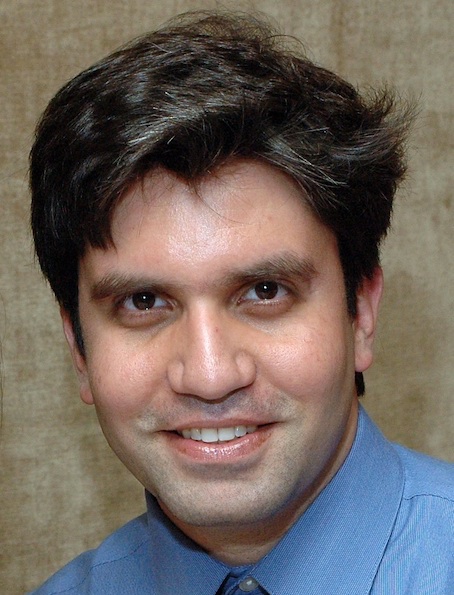
Moses Charikar
(Stanford)
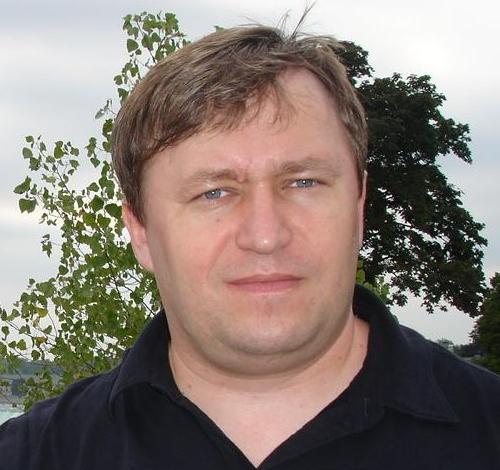
Artur Czumaj
(University of Warwick)

Vitaly Feldman
(IBM Research)
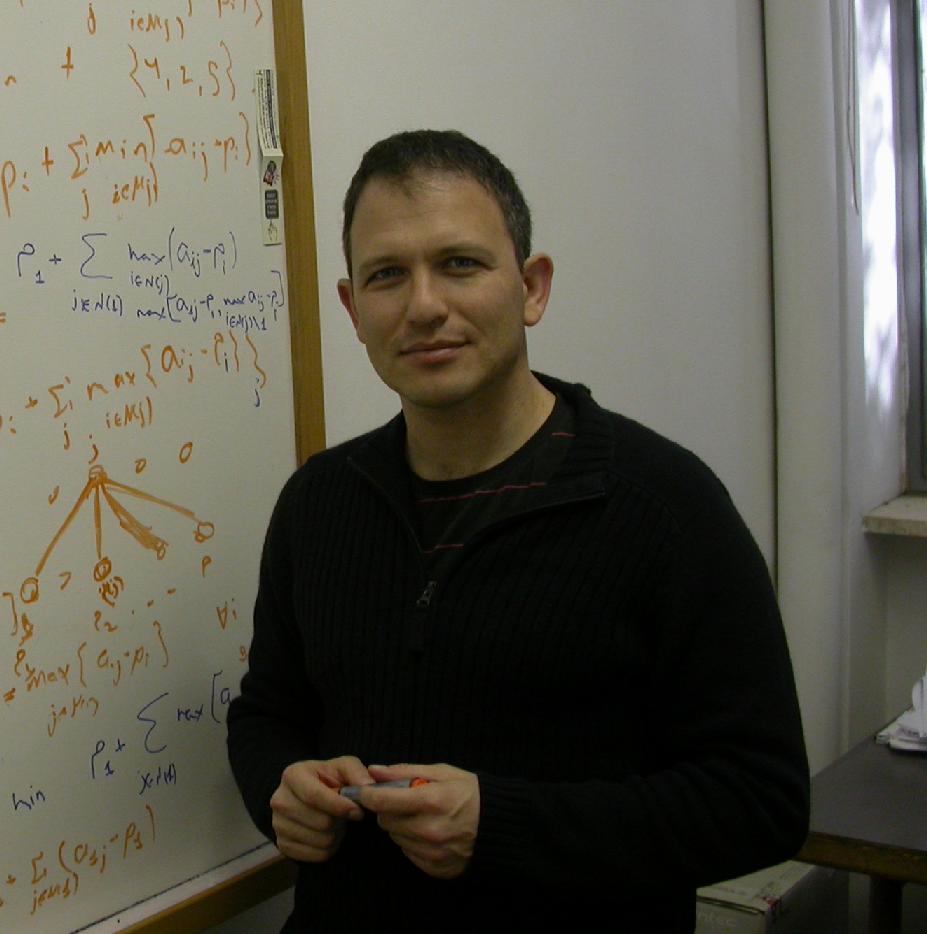
Amir Globerson
(Tel Aviv University)

Piotr Indyk
(MIT)

Prateek Jain
(Microsoft Research)

Sham Kakade
(University of Washington)
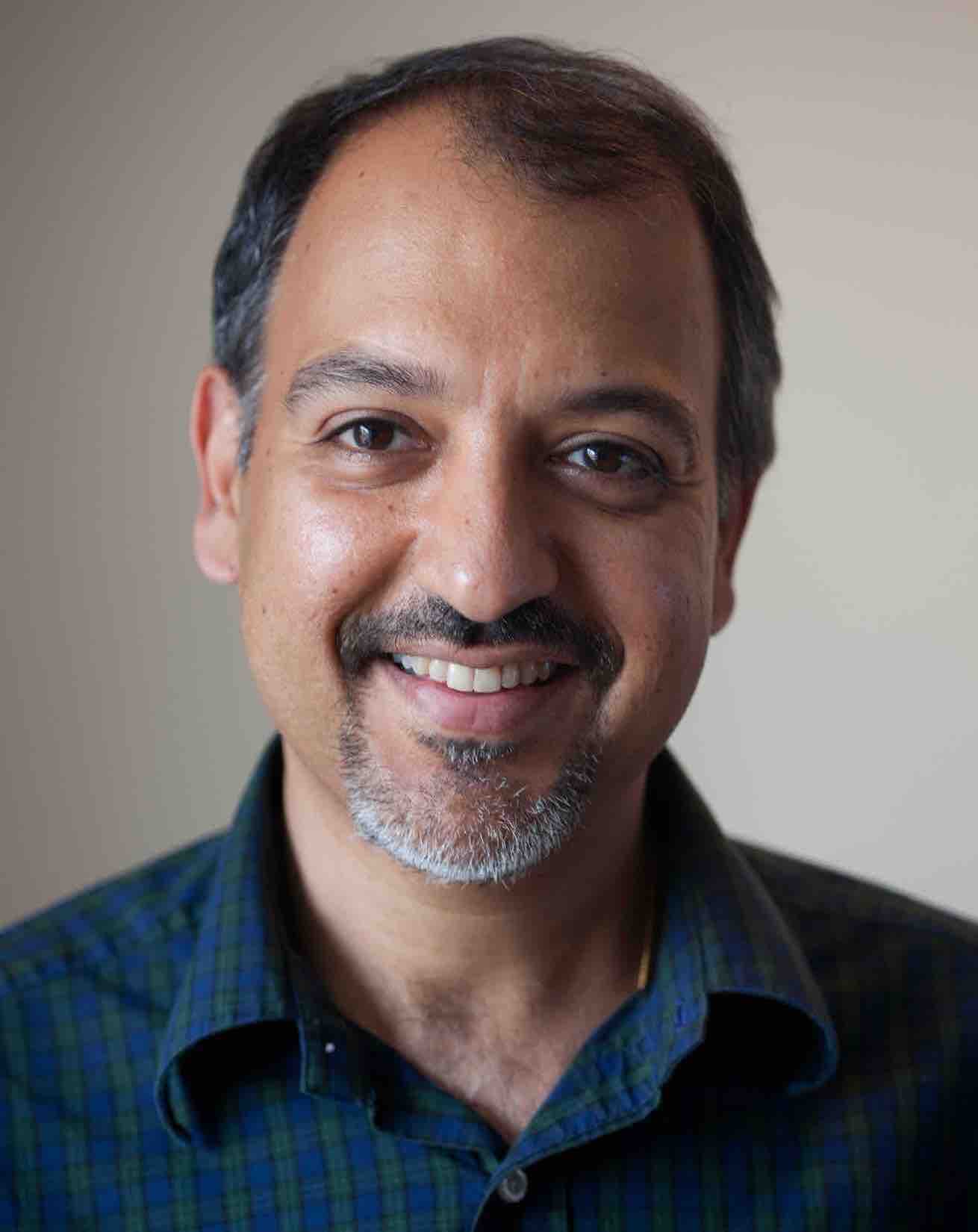
Sanjeev Khanna
(University of Pennsylvania)

Robert Krauthgamer
(Weizmann)
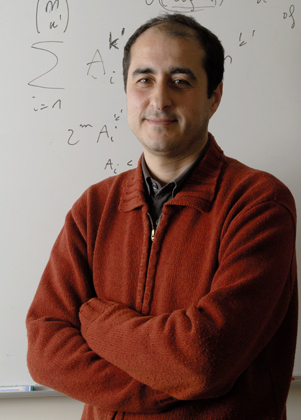
Stefano Leonardi
(Sapienza University of Rome)

Yishay Mansour
(Tel Aviv University)

Vahab Mirrokni
(Google Research)

Ankur Moitra
(MIT)

Shai Shalev-Schwartz
(Hebrew University)

John Shawe-Taylor
(UCL)
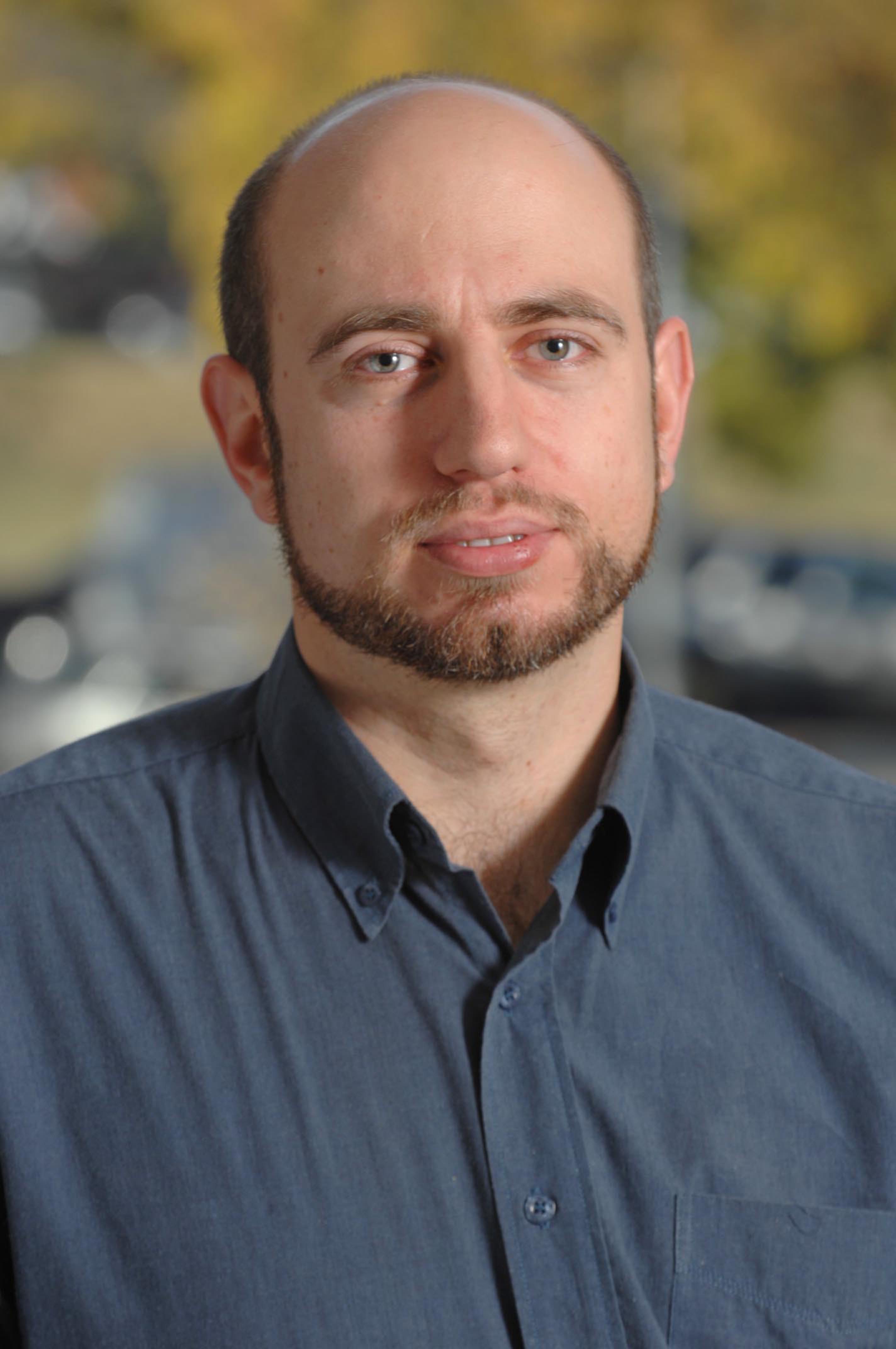
Nathan Srebro
(TTI)

Ronitt Rubinfeld
(MIT)

David Woodruff
(IBM Research)
Speakers
Security and Privacy Track
Directions
If you're flying in, Genève-Cointrin is the nearest international airport. By train, it takes ~45 minutes to reach Lausanne. Zürich Airport is about ~2.5 hours away by train. To get information on train schedules, please see the Swiss Rail website.
To reach the SuRI venue from the EPFL M1 metro station, please check the map below.






